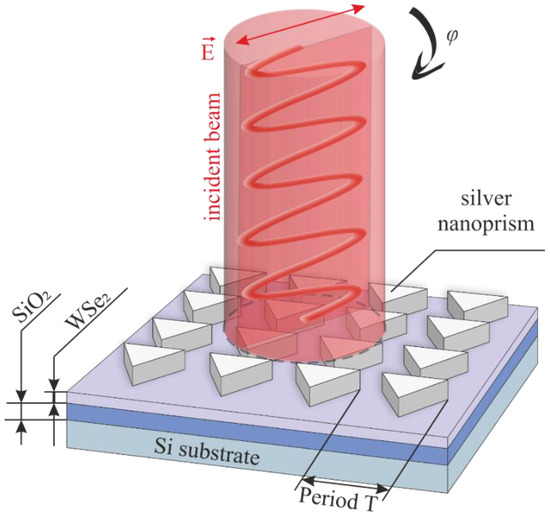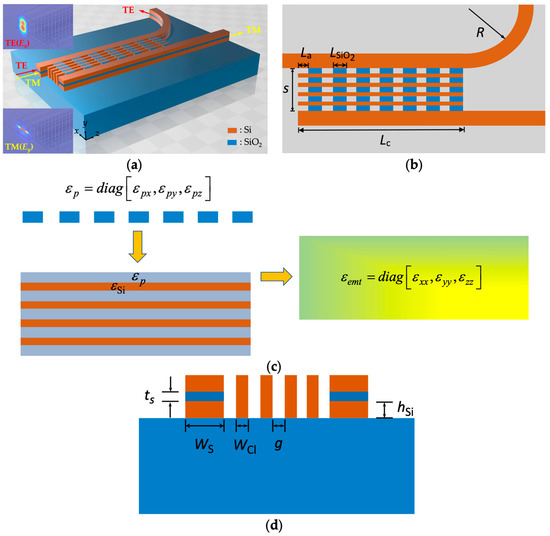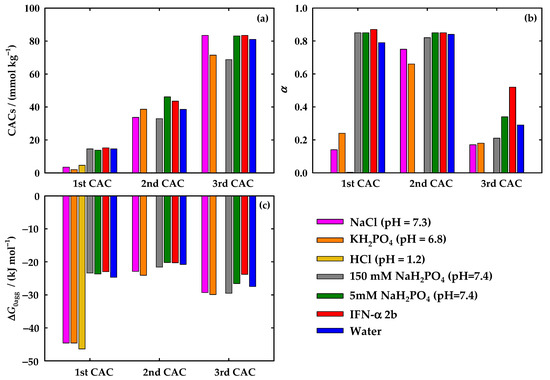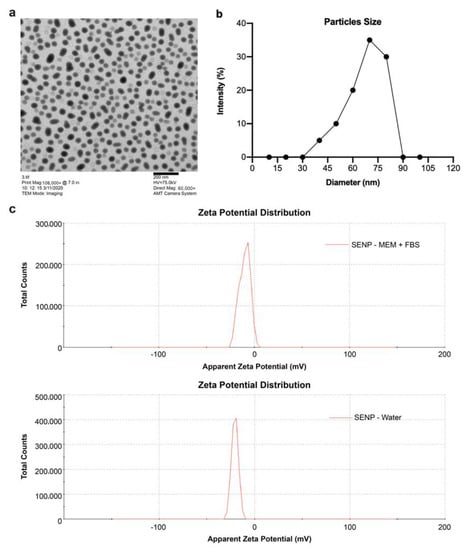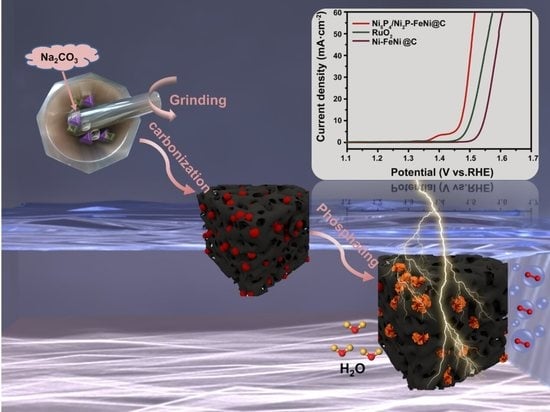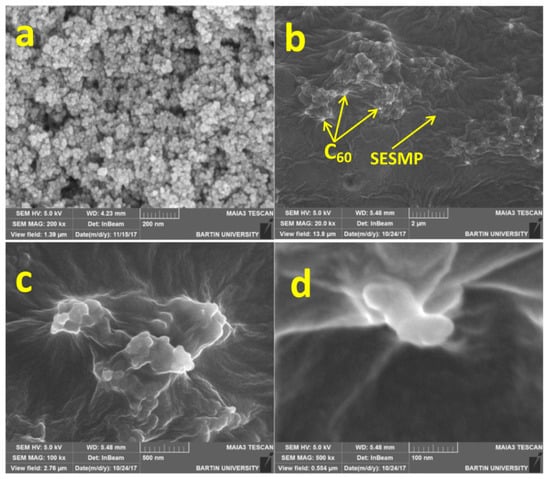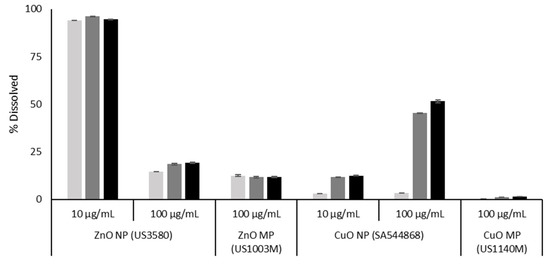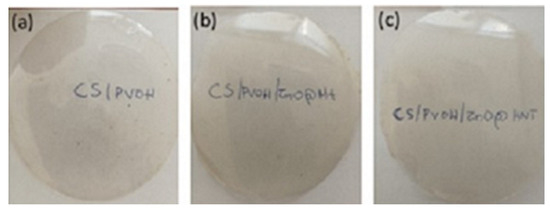Nanomaterials 2022, 12(11), 1856; https://doi.org/10.3390/nano12111856 - 29 May 2022
Cited by 5 | Viewed by 2355
Abstract
►
Show Figures
Most bio-inspired antireflective nanostructures are extremely vulnerable and suffer from complicated lithography-based fabrication procedures. To address the issues, we report a scalable and simple non-lithography-based approach to engineer robust antireflective structures, inspired by the longtail glasswing butterfly, in a single step. The resulting
[...] Read more.
Most bio-inspired antireflective nanostructures are extremely vulnerable and suffer from complicated lithography-based fabrication procedures. To address the issues, we report a scalable and simple non-lithography-based approach to engineer robust antireflective structures, inspired by the longtail glasswing butterfly, in a single step. The resulting two-dimensional randomly arranged 80/130/180 nm silica colloids, partially embedded in a polymeric matrix, generate a gradual refractive index transition at the air/substrate interface to suppress light reflection. Importantly, the randomly arranged subwavelength silica colloids display even better antireflection performance for large incident angles than that of two-dimensional non-close-packed silica colloidal crystals. The biomimetic coating is of considerable technological importance in numerous practical applications.
Full article


